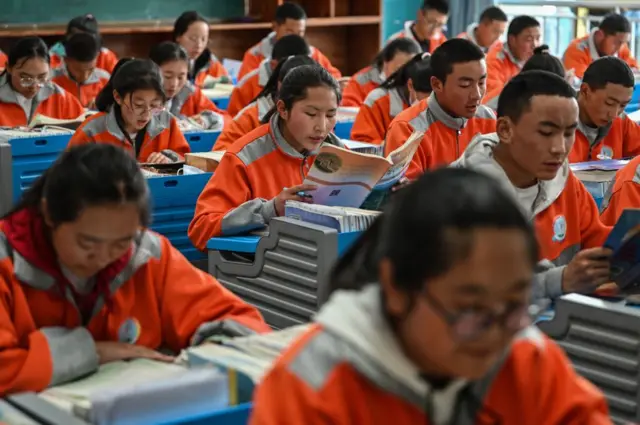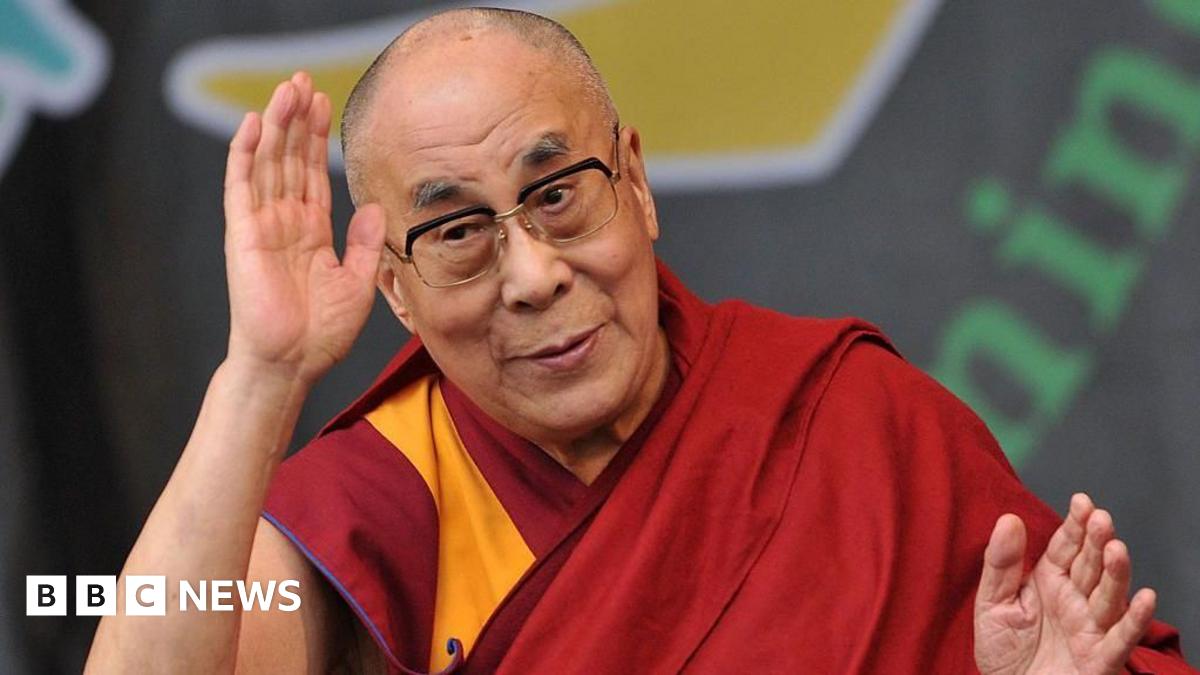What has happened in Tibet since the Dalai Lama fled to Indiapublished at 10:20 British Summer Time
Anbarasan Ethirajan
South Asia Regional Editor
A photo of Chinese Communist troops building a bridge across one of Tibet’s rivers to transport forces
For Tibetans, the Dalai Lama’s departure in 1959 was a
devastating turning point.
Thousands died fighting Chinese troops after he fled. The
Tibetan rebellion was brutally suppressed. Many dissidents were deported to
mainland China.
More than 80,000 fled their homeland.
After the Chinese government established the Tibetan Autonomous
Region (TAR) in 1965 a large number of Tibet’s monasteries and cultural
artefacts were destroyed.
Beijing restored its people’s freedom to practice their religion
in the 1980s, but monks and nuns often complained of persecution.
China also began a large-scale immigration of the Han Chinese
which Beijing argued helped the region economically. But Tibetan leaders said
it threatened their unique culture.
In 2008, tensions between Tibetan and Han Chinese communities in
Lhasa erupted into deadly violence that lasted for several days.
 Image source, Getty Images
Image source, Getty ImagesPhoto taken during a government-organised media tour of a school classroom in Lhasa in China’s Tibet Autonomous Region
Today, Tibet remains tightly controlled by Chinese authorities.
According to Human Rights Watch, since 2016 China has dramatically accelerated the relocation of rural villagers and
herders in Tibet. It says the relocations—often to areas hundreds
of kilometres away—are voluntary and will “improve people’s livelihood” opportunities.
Beijing also says the region is one of the fastest growing provincial economies, with fresh
investments and improved living conditions.
But critics allege the flow of information from Tibet is tightly controlled.
